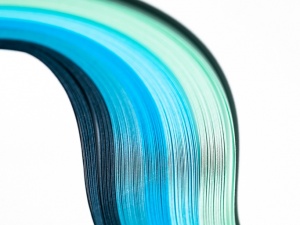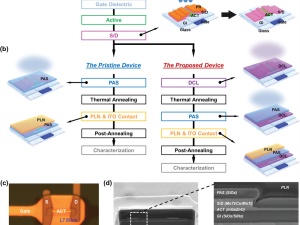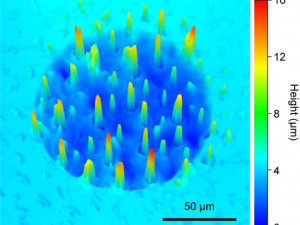Hierarchical Wrinkling-Cracking Architectures for Flexible Pressure Sensors
Abstract
Inspired by butterfly wing architectures, a facile but efficient approach is developed to realize three sensing characteristics in a single pressure sensor by harnessing hierarchical wrinkling-cracking architectures, including i) wrinkling-dominant (WD) mode, ii) wrinkling and cracking-dominant (WCD) mode, and iii) cracking-dominant (CD) mode. The pressure sensor can exhibit distinct sensing performances for various specific applications, depending on the working mode. In a WD mode, the sensor reveals an ultrahigh sensitivity (≈20 kPa−1) and a low limit of detection (0.6 Pa), capable of sensing acoustic vibrations, subtle pulses, and tiny motions. The sensor in WCD mode can monitor the full-range human motion from the subtle pulse to human gait during walking/jogging. Moreover, the sensor in CD mode exhibits high sensitivity (1420 MPa−1) and excellent linearity over the ultrahigh pressure range (greater than 20 MPa), and are able to detect the movement of a car and distinguish the embarkation/debarkation of an adult passenger. The underlying mechanisms for the three sensing modes have been clearly elucidated, respectively. These findings open up new possibilities to design flexible pressure sensors by harnessing wrinkling-cracking architectures.
Full text:
Source: Image: Creative Commons






